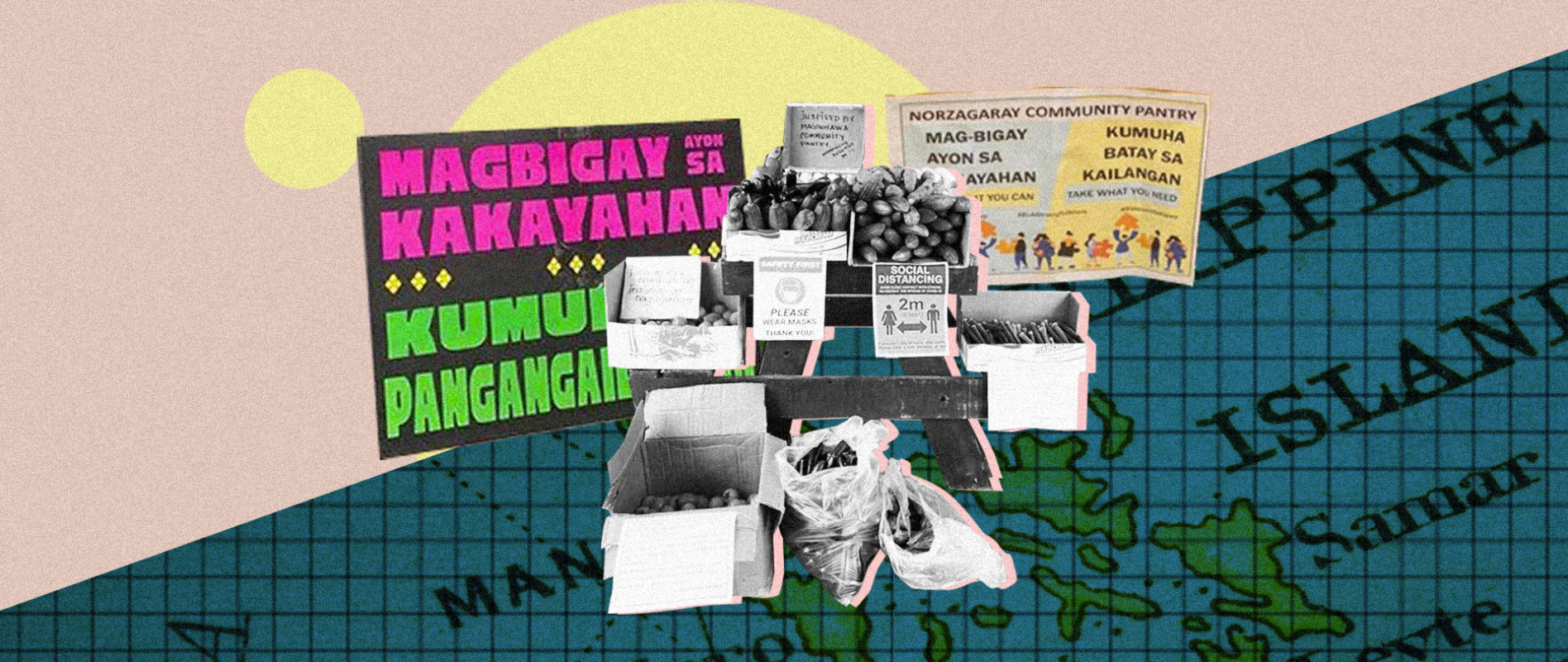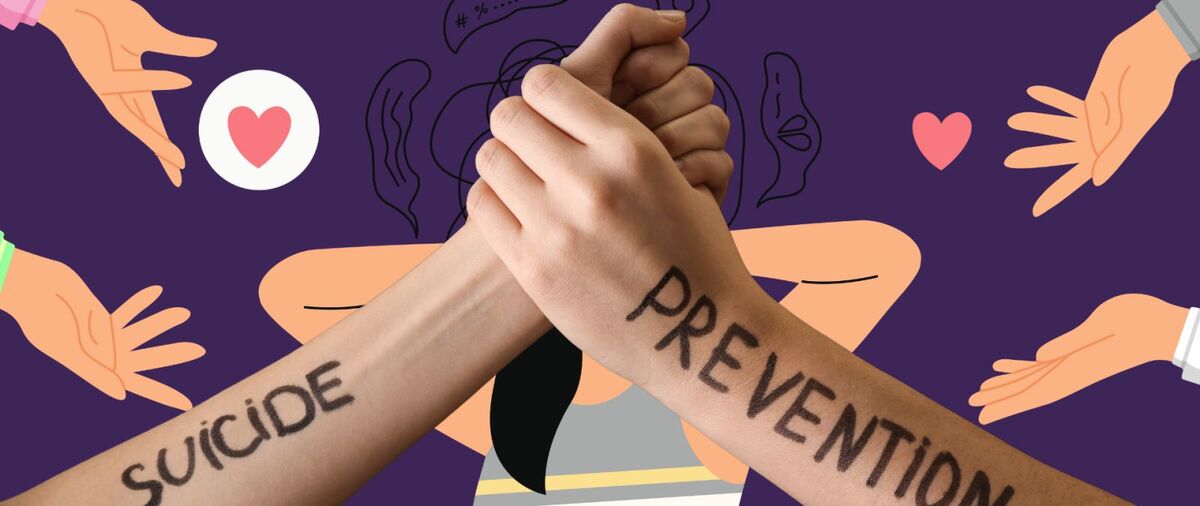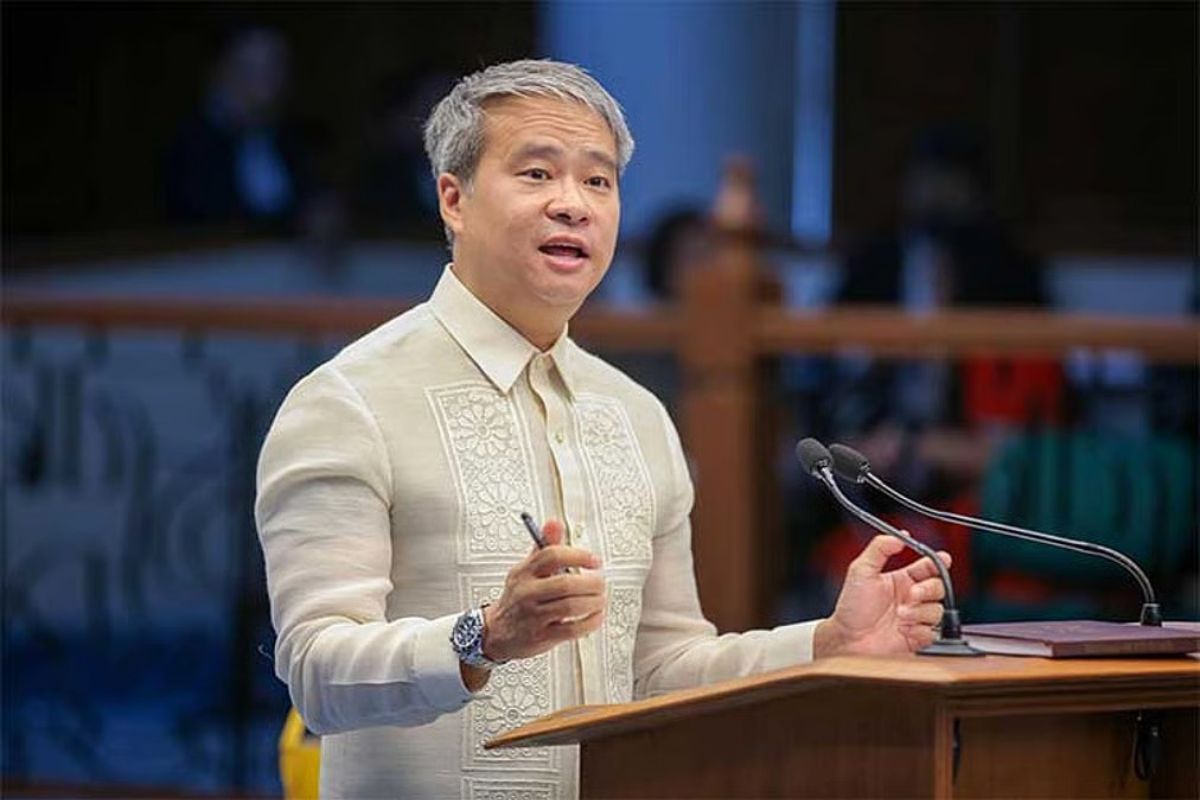TICK THESE OFF YOUR TO-DO LIST BEFORE OPENING YOUR BARANGAY’S OWN COMMUNITY PANTRY
There can never be too many community pantries in the Philippines, especially considering the millions of Filipinos left to their own devices in the middle of this pandemic.
The community pantry initiative has definitely grown beyond all of our expectations, in the best way possible. From a single cart of supplies left unaided in Maginhawa, Quezon City, the movement has at least a hundred replicas now all over the map, allowing Filipinos to share their food, health supplements, and other necessities with each other. It’s only a little bit over a week since the community pantry was first opened, but it has organically grown to be a cultural emblem to represent the Filipino people’s solidarity and sense of community.
But with millions of Filipinos growing hungry every day in different areas, more community pantries are always welcome to make sure everyone is served and provided for. After all, we only have each other to rely on in these times.
So if you’re looking to organize your own community pantry within your barangay or immediate communities, here’s what you need to know and prepare:
Know and list the items you need.
It could be overwhelming to pick out what people really need to get from your pantry, especially since there seems to be so much. Look at what other people have stocked their community pantries with, and understand the needs of the community based on the spot you’re taking. It’s also always best to start with the most essential and basic ingredients people can use for their daily meals: vegetables, fruits, eggs, rice, and don’t forget the medical supplies like alcohol and face masks!
Pick out a spot with heavy foot traffic.
Make sure you’re setting up your community pantry where it’s easily-accessible to the people you’re trying to reach. It could be near commercial areas, or transport hubs, to bring it closer to the public.
Involve the community.
A big factor that contributed to the success and sustainability of the whole initiative is the willingness of Filipinos to share and provide for one another. Not only from the organizers’ first steps, but from the whole community’s overflowing donations, both in cash and in-kind. This also creates a stronger sense of togetherness among communities, and can bring people closer to one another at this time when we all probably need some sense of support.
Seek out and accept the help of volunteers.
On top of donations, you’re going to need people to man the pantry to repackage goods, take inventory, and speed up the process of giving out supplies. The community can help you with that. Since we all have our own personalities responsibilities, and schedules, getting as much people involved to take up shifts and other duties could lighten the loud from organizers as well.
Get permission.
Just to be safe, talk to your local authorities about putting up a community pantry to avoid any issues in the future. Different local government units (LGU)s seems to have different stands on permits and forms, so it’s best to be informed beforehand. Especially since there has been a lot of confusion regarding profiling and red-tagging around community pantries lately.
Be safe.
Prepare ready-to-use alcohol bottles for everyone to regularly sanitize themselves, and make sure all organizers and those who are lining up maintain social distancing so we can finally put an end to this pandemic.
Promote it.
Post it on social media, and put up signages around the community that point towards your spot so people know where to find you. There has been a lot of similar initiatives lately, but it won’t matter if the people who need these supplies don’t know you’re there and ready to help in the first place.
Get all these checked from your list and you’re good to go! Remember that community pantries are the people’s initiative to take matters into their own hands in helping one another in this time of desperate need. At the end of the day, institutions, organizations, and state leaders must step up to fulfill their responsibility in doing the same.














